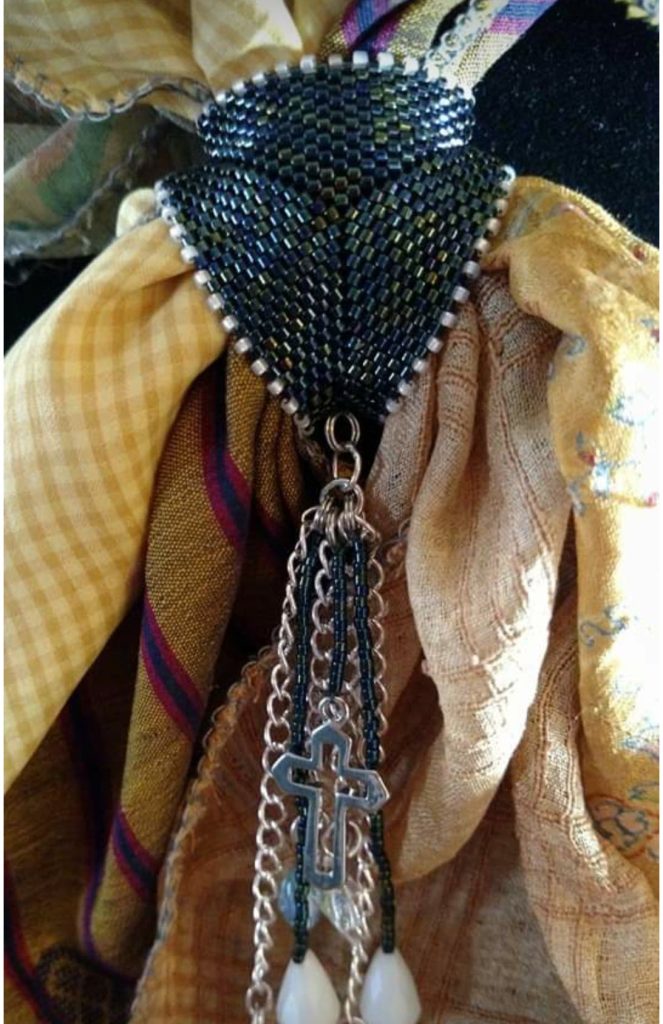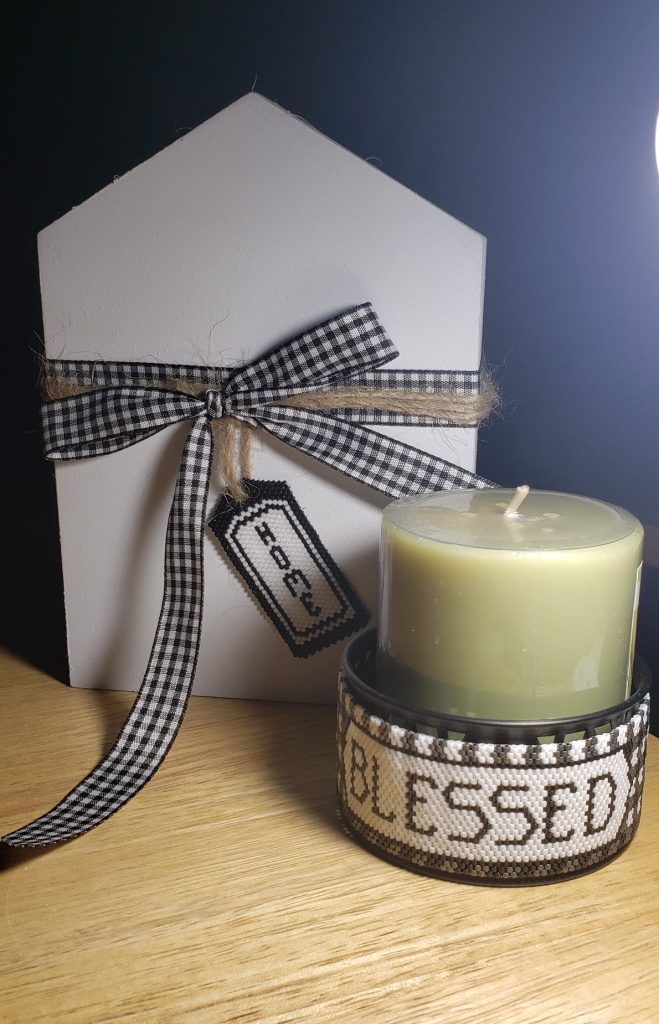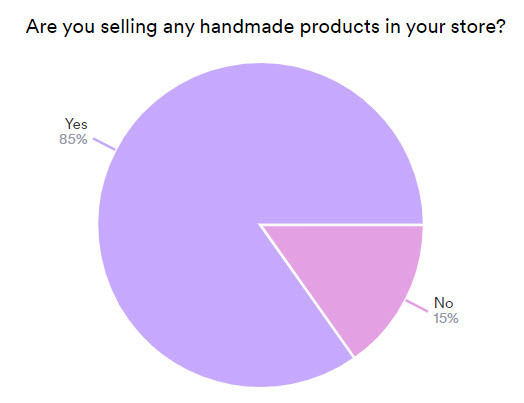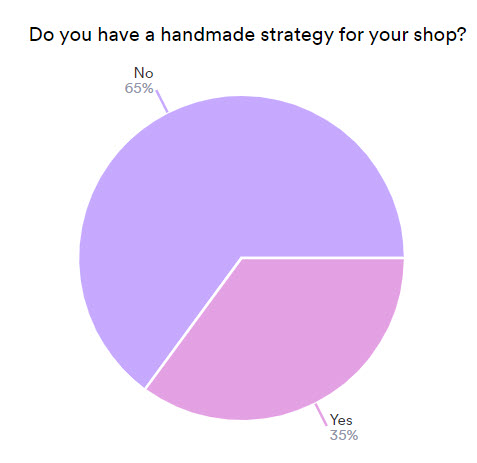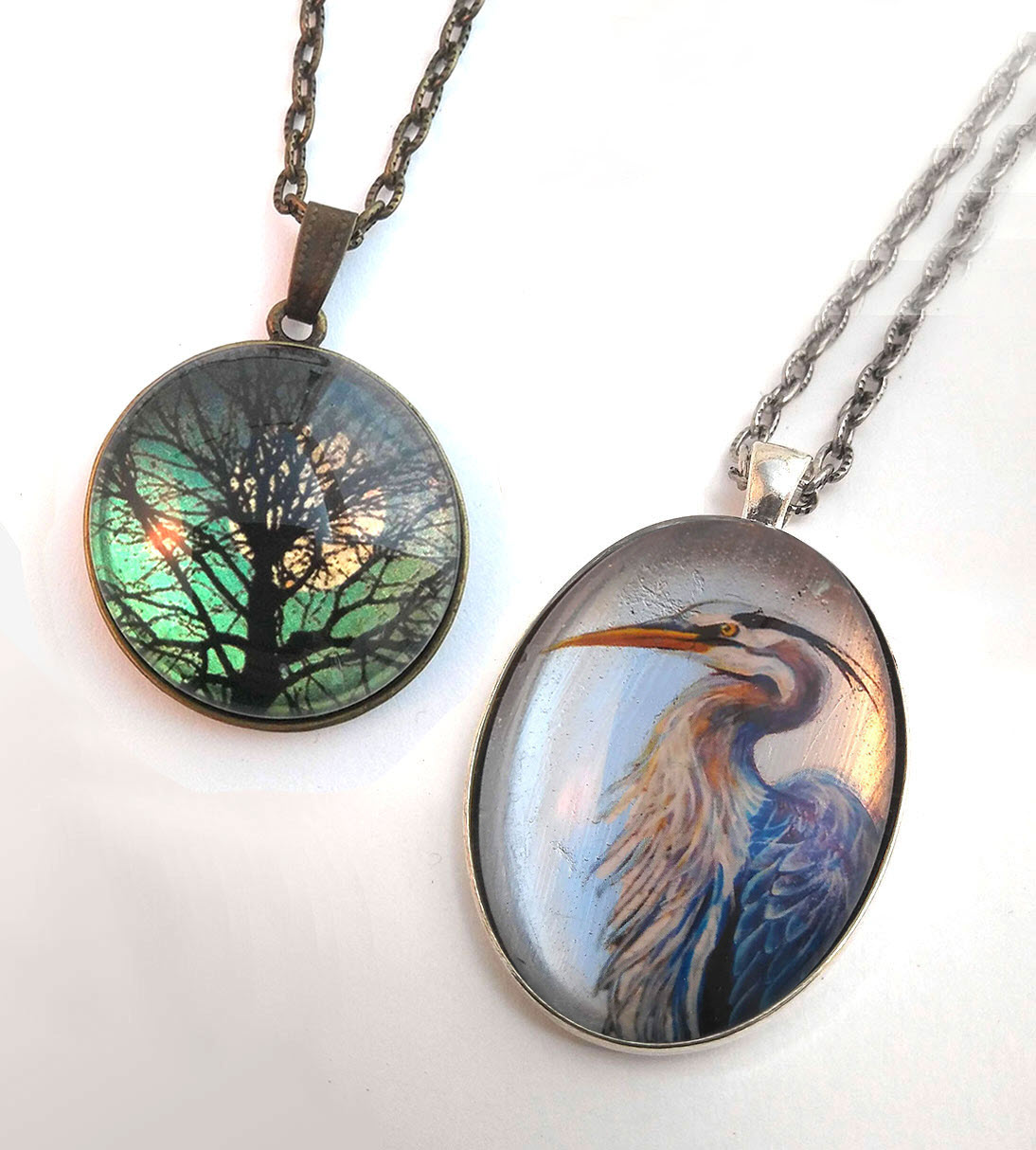By Amber Christian
Each time we survey our readers, we learn more about the day-to-day challenges facing their businesses. A few years ago, it started with broken supply chains and shipping delays. Then along came inflation and staff shortages.
It has been a tough couple of years. But it’s not all doom and gloom. Those same responses showcase their creativity, innovation, and resilience.
Time after time, we see them rise to meet new challenges and embrace new approaches. Sometimes it seems like it is sheer grit powering them through all these adventures.
The Challenge
Earlier this year, we conducted a survey to learn the effects of the breakdown in supply chains. We saw many comments about embracing more locally made and handmade products. We decided to focus our most recent survey on all things handmade, to dive deeper into the topic.
Of the respondents, 85% said they are selling handmade products in their shops. The survey was all about handmade, so this was not a big surprise.
We also asked if they have a handmade strategy for their store, with 64% saying they do not have one. And 71% said they want to learn more about different handmade strategies.
Over the next few months, we will present a series of insights and approaches to consider for your handmade strategy. There is no one-size-fits-all strategy. Our goal is to present ideas to inspire you and help you get started.
Creating New Possibilities
Many are already stocking some handmade items, so one strategy involves leveraging and amplifying what you already carry. This approach is actionable without requiring new inventory.
We found great examples of this in our conversation with Karen St Clair at Market 5:36 (market536.com) in Sheridan, Wyoming. When we asked about her approach to selling more handmade products, she said, “Years ago, I started making bead wraps for pens. People loved them, and they sold well. But at some point, it went from a handmade item to just another pen. Yes, the pen is cute. But by selling it alone, I was limiting myself. I asked myself, what could I put with this pen?
“I focused on tying this handmade item with other mass-produced items to create something new. For example, I take that handmade pen and pair it with a journal or a nice notebook. Now I have multiple ways that I can sell that set. Individuals can buy it for themselves, or it can be a quick and easy gift. By presenting the items together, I create several different ways to sell the product to customers.
“I try to think about how I can make something easier for the customer and try to create a simple solution to their problem. I connect the dots for them by pairing items together. It also makes what I carry different from other shops.”
By creating a unique combination, St Clair created a solution for different challenges with the same product. It can be a solution for an individual customer who likes to journal or write. It can become a quick, easy, and practical gift for someone else.
Or it could be a solution for another business. A handcrafted pen and notebook combination could be sold to the local real estate agent to use when a customer buys a new home. So many new possibilities!
When asked what other interesting combinations she has created over the years and what inspires her to continue, St. Clair said, “I am always brainstorming. There are so many jewelry makers out there — how can I make the products I sell stand out? I had an idea at Christmas one year. I paired a clear Christmas ornament that comes apart with handmade earrings inside. This made a unique ornament for either a gift or for your home. If it is for your home, when you are done with the ornament, you have the earrings to wear.
“Another year, I created a unique home décor item. I paired a handmade item with a candle. I then paired that item with another home décor item to create a phrase ‘Blessed home.’ I paired other manufactured items with handmade items to create something new and different.
“This has been good for my business. I’ve noticed that by pairing items together, I increase the overall sale to my customer. Mixing handmade items with manufactured items also lets me control the overall margin to keep it at a sustainable percent of the sale.”
Putting It Into Practice
How can you take this idea and put it into action in your business? It is time to get creative! Here is an exercise to take into your shop to get you started:
- Pick five different handmade products you already carry in your shop.
- Unleash your creative mode. Get one piece of paper for each product. On each piece of paper, write down at least 10 different things you can think of to pair with that product to sell. The more ideas, the better.
- See what other items you have in your store that work for these combinations. They could be other handmade items or other mass-manufactured items. Save the ones you cannot fulfill right now for future ideas and experiments.
- Set your pricing at a comfortable profitability mix for your shop.
- Assess if you have other ways to sell your combined items. Can you sell to other local service-based businesses? Are there other sales avenues you have not considered before? Create your plan for following up on those ideas.
Crafting your handmade strategy will take time and experimentation. This exercise should help you take a step forward to find new and creative solutions.
Amber Christian is a consultant, entrepreneur, and owner of Stockabl. She bought Stockabl to support her passion for makers, artisans, and independent retail business. She uses her technology background to create innovative new solutions to support buying local and small businesses. She welcomes you to connect with Stockabl on Instagram at @shopstockabl.


